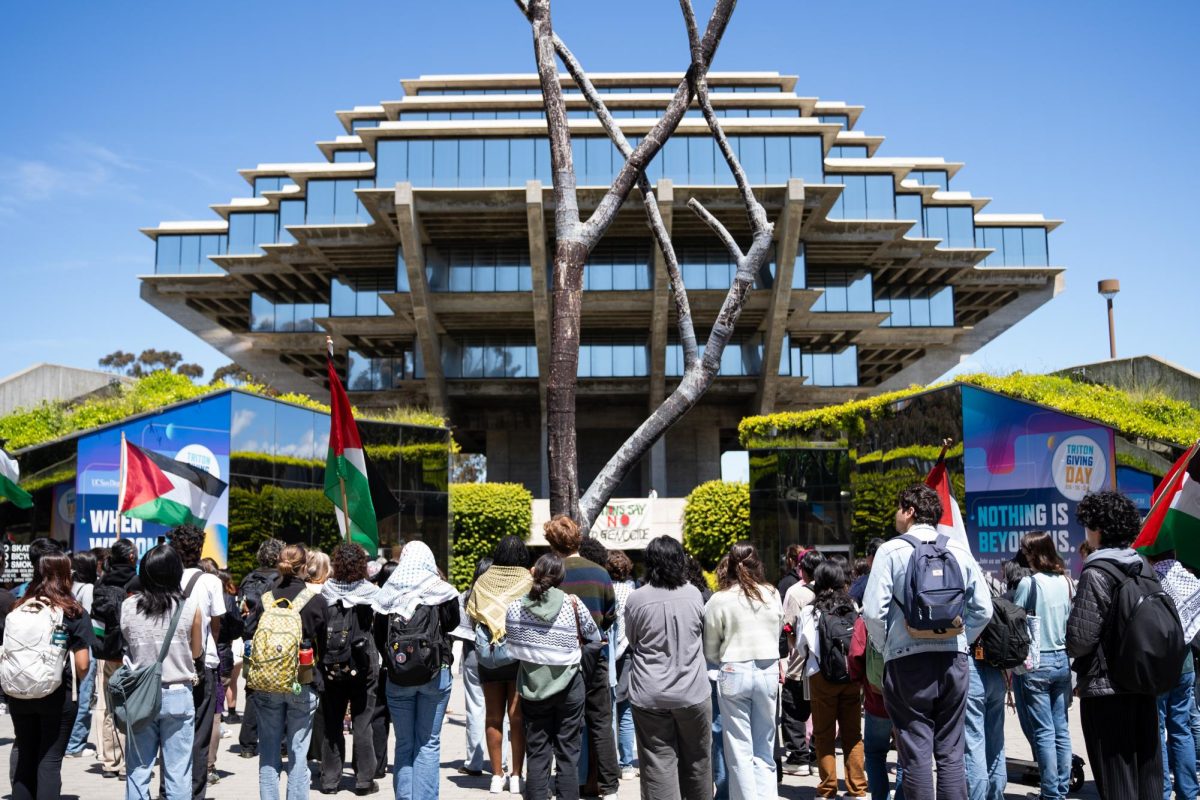It’s been about a year since the one-rate plan was installed. The plan eliminated the lower prices second-year students usually paid, instead standardizing rates and giving everyone on campus a meal plan and cleaning services. Why should they force sophomores to pay the same amount as freshmen when students had kitchens? To many, it seemed unjust to enforce on those who had won the on-campus housing lottery. Some even withdrew their decisions to live on campus.
However, there are definite benefits of the Housing and Dining Service’s plan. It makes it easier for H&DS to provide better service and options while ultimately enhancing the quality of life for both first- and second-year students.
It all comes down to the money. The heart of the matter is, most people don’t like the idea of being told where their money has to go. And of all populations, college-aged kids don’t like being told what to do. Thus, a plan combining both of these no-no’s inevitably will draw backlash. Students probably forget that this extra money they’re paying is actually for services from which they will benefit.
The one-rate deal requires a meal plan with nontransferable points. True, a lot of the food in the dining halls is expensive, but it’s balanced out by an array of surprisingly low-priced fare; burgers and pasta are less than $2 at most H&DS locations. The same people who complain about the supposedly outrageous prices are also the same people who whine about not being able to spend all their meal points by the end of the year because they’ve been avoiding the high prices.
The issue is more than just meal points. Students living in apartments and residence halls receive weekly and daily cleaning, respectively. It’s refreshing to come home to a clean apartment after the weekly accumulation of dust, food particles and general filth that compiles in typical college habitats. The money that students have to fork over actually goes toward such amenities, in addition to the free Ethernet, cable and convenience factor.
Speaking of convenience, being able to grab a bite in any dining hall during the day is a lot easier than having to go off campus and buy food to cook in the kitchens. Granted, this is what students were doing until last year, but the ability to eat on the run is something that should be truly appreciated. The amount of meal points wasn’t excessive, so you shouldn’t feel obligated to eat at a cafeteria every meal.
The kitchens still could be used for gatherings and times when you just don’t want to eat any more Canyon Vista food. Students who don’t want to eat in dining halls can just use points to pick up ingredients in dining halls that they can modify, such as vegetables, salad greens and grilled chicken breasts. As for the usage of extra points, many off-campus students who previously hated campus food often develop a strangely sudden penchant for Plaza Cafe’s specialties when their friend has the meal points to swipe them. The admittedly high-priced but convenient commodities at Earl’s Place are another option for spending meal points.
For vegans and vegetarians, it may be a bit more difficult. However, most dining halls are stocked with salad bars and vegetarian choices. In fact, Sierra Summit has a daily station devoted to strictly vegetarian fare. Its not a four star restaurant, but it’s pretty darn good for a huge university.
A common argument may be that this arrangement effectively “”babies”” second-year students who will not be able to develop living skills while on campus. This argument is flawed for two reasons. First, it is good for both the school and the student to provide food and cleaning. It is good for on-campus sophomores to slowly transition into living independently. They have a kitchen but also a back-up (the dining hall) in case they aren’t ready for the real world quite yet. They also have housekeeping staff to help keep the apartment clean while still having the responsibility to clean their own rooms. Second, students will have two more years at school to live independently. Then they can pay their own rent and bills and choose not to clean or eat well-rounded and diverse meals.
Lastly, the one-rate plan helps H&DS run their service smoothly, which in turn helps the students they serve. A standardized plan is easier to supervise and revise. The school can take comfort in knowing that their hired housekeeping staff will keep the apartments from looking as atrocious as they can sometimes look without regular cleaning. As a result of the recent influx of students, expected growth in the coming years, and two-year housing guarantee, the housing crunch will go on. Still, it is not uncommon to have second-years placed in dorms and to have freshmen placed in apartments. If the school went back to its multi-rate plan, this situation would undoubtedly become more complicated. With the one-rate plan, the school can assure equal housing and dining for everyone.







